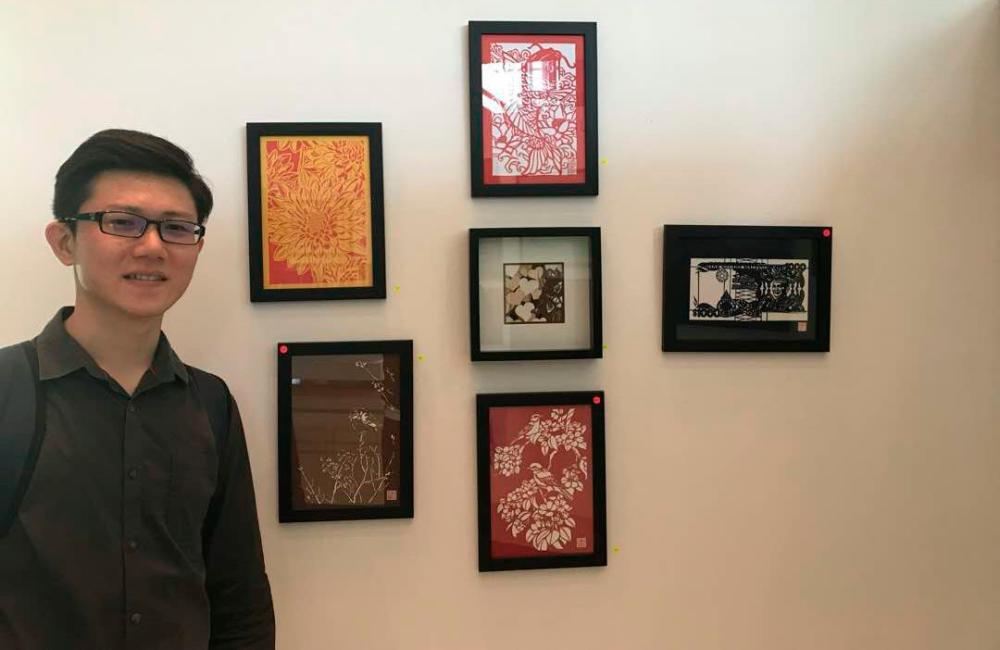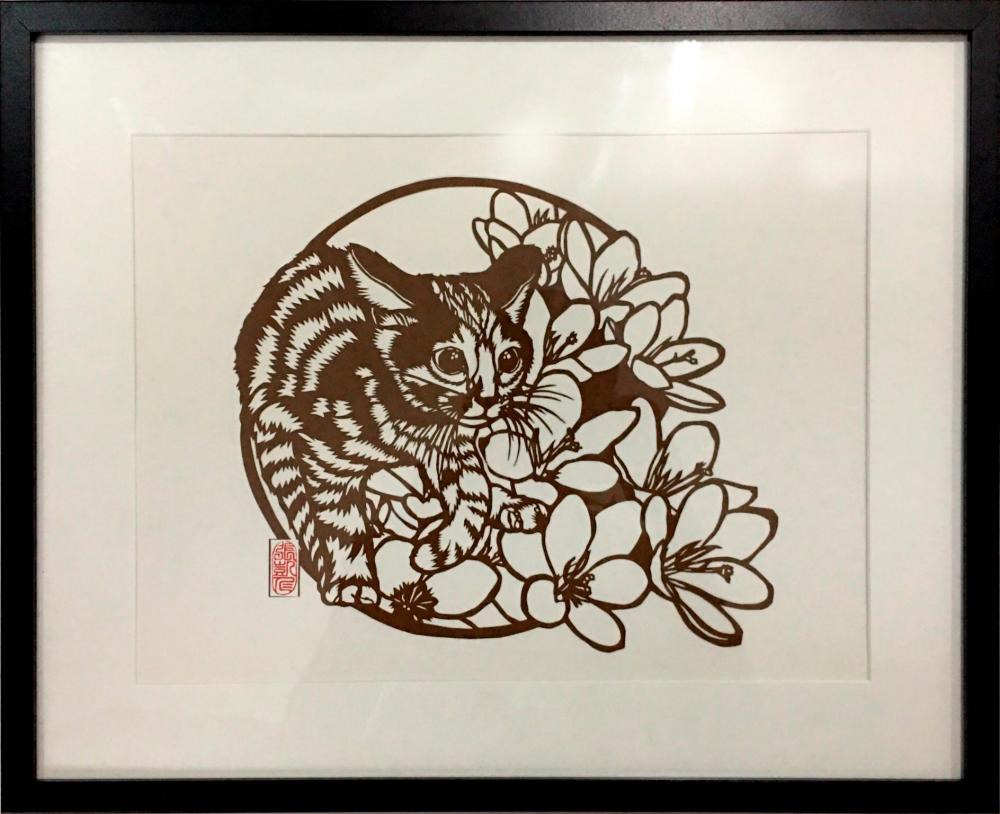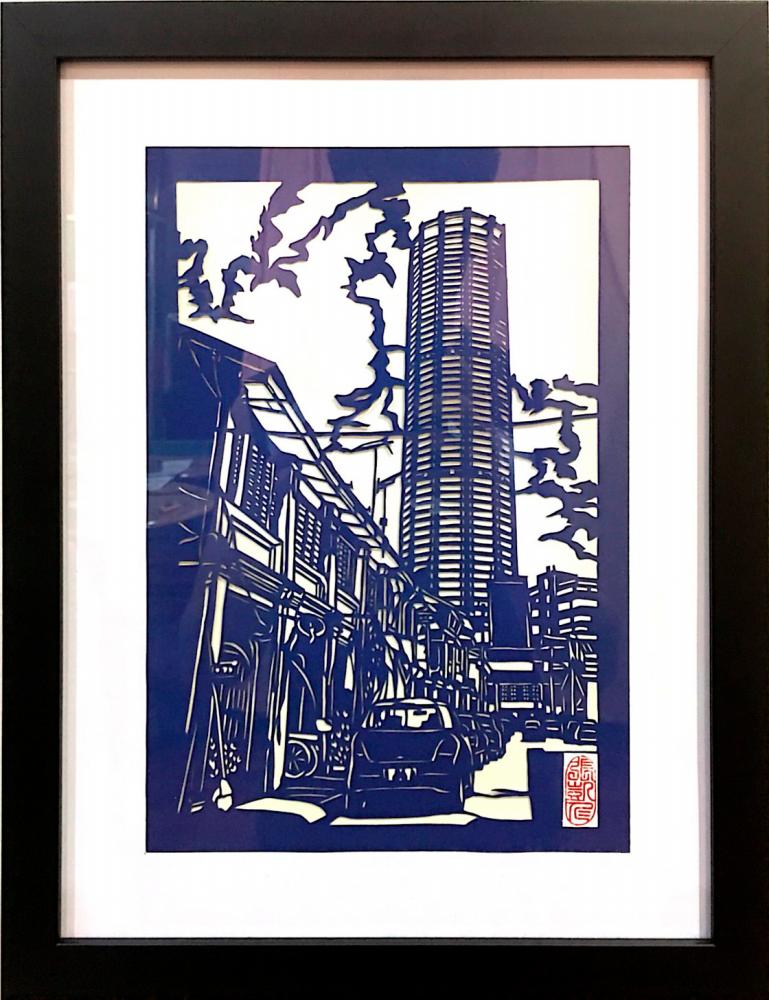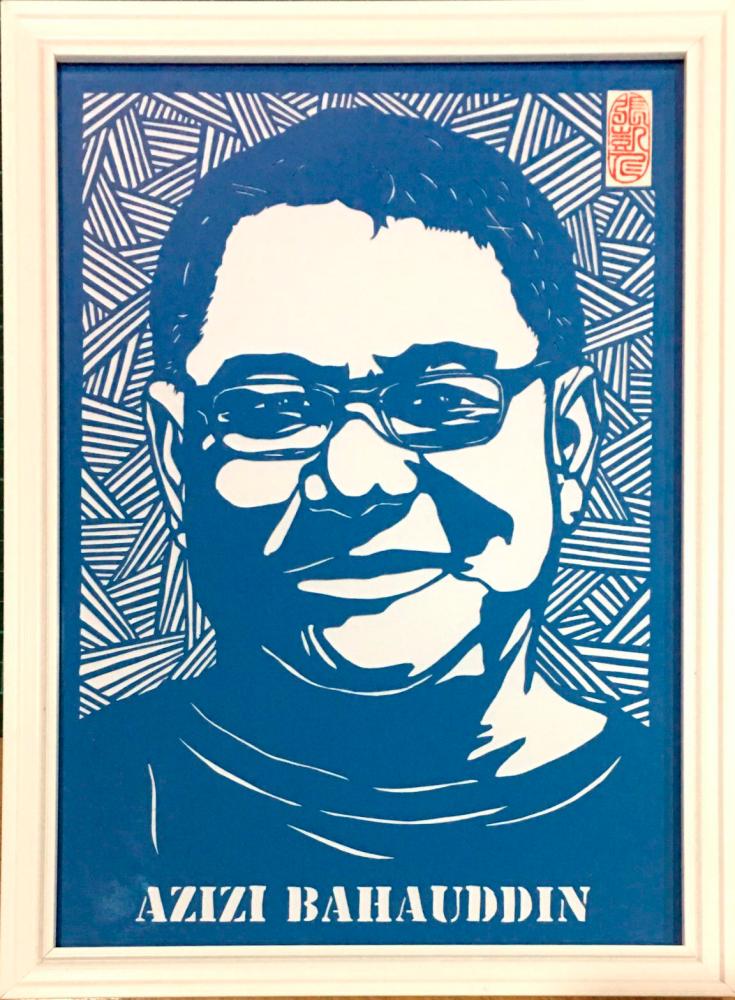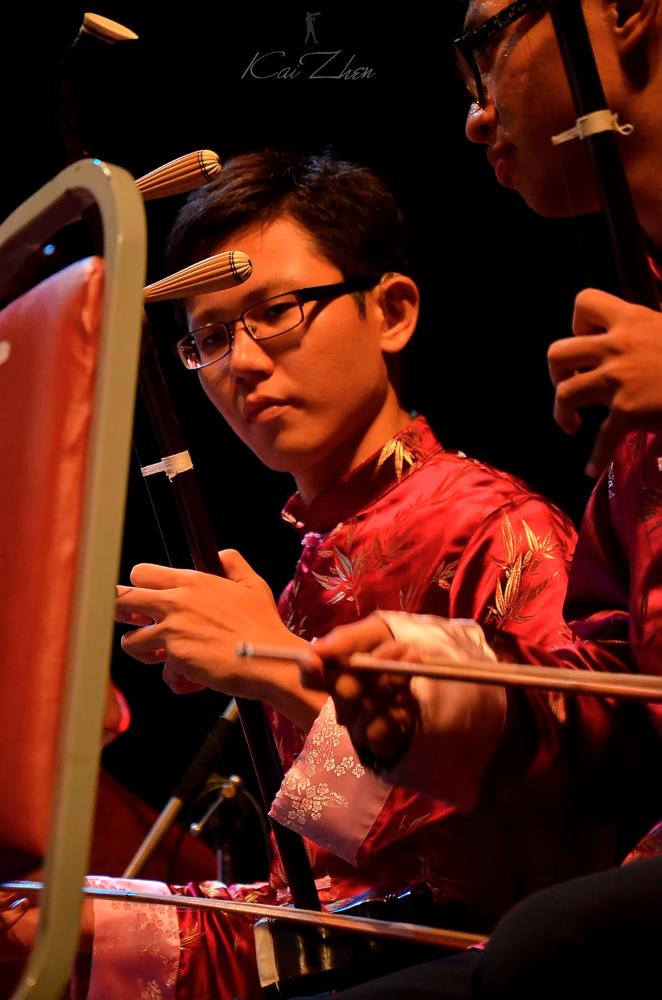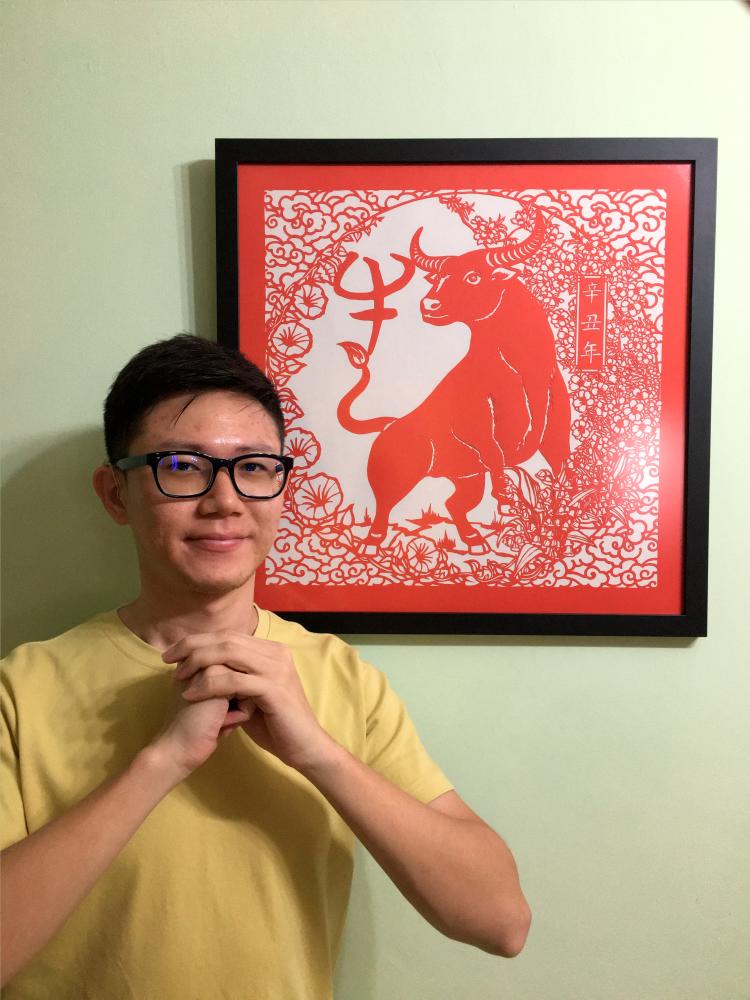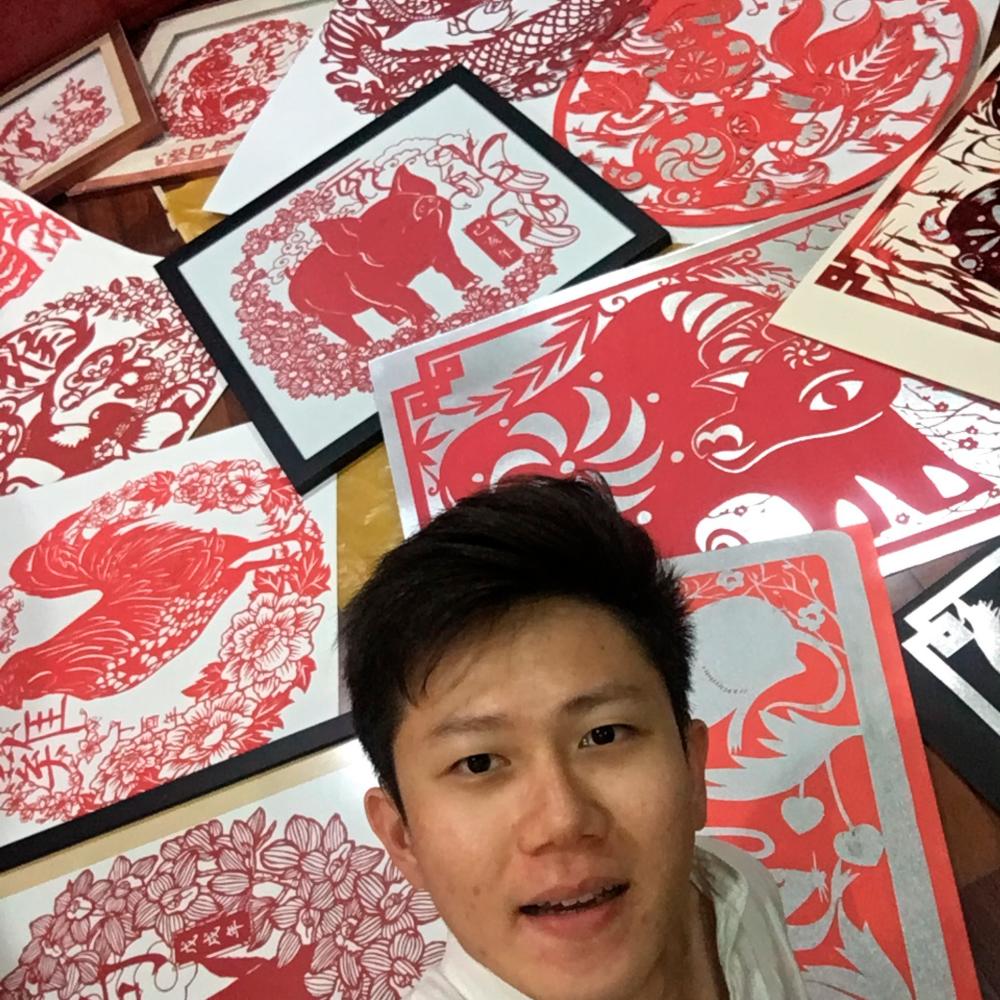BEING born with hearing-disabilities does not mean one cannot play music. Chong Kai Zen, better known by his nickname Harry, can play the piano, guitar and Er-Hu (a Chinese two-stringed instrument) and has even joined a band called Deafbeat.
“I wear a hearing aid that helps me to hear the sound. I can feel the drum’s vibrations,” said Chong, who plays music by reading the notes and following the rhythm.
He even participated in the 10th DeafBeat anniversary concert in 2017.
“I could interact and have fun with the hearing-able crew and volunteers. It was an excellent experience,” said Chong, who received the top student award in the Deaf Category for STPM 2010 and the Gold Award in the Disabled People category at Universiti Sains Malaysia (USM) in 2014.
Chong started wearing a hearing aid when he was just four years old and he also learned cued speech.
“I was bullied by my friends in secondary school but I kept looking forward. My parents advised me to focus on education and enter a local university.
“I feel thankful as my teachers motivated me and I am lucky to have the support of my parents and sister.”
Paper-cutting art
Music is not the only talent he has. Chong is an expert in Chinese handmade paper-cutting art. In 2004, he made his first paper-cutting artwork – a Chinese Zodiac animal, with encouragement from his mother.
“I learned the skills on my own after my mother motivated me to use a craft knife and scissors. Since then, paper art became a hobby, although it’s not easy to create the art,” said Chong about the folk art that originated from China centuries, ago.
The process of the art begins with Chong drawing an outline of patterns or words on a piece of paper using a pencil. Then, he would cut the outline of the pattern and cut out the unwanted parts one by one, following the drawing he made earlier.
“For a smooth process, one needs patience and a sense of calmness when cutting. If you do not focus, you may cut your finger,” said Chong.
He uses tools such as a craft knife, scalpel, blade, cutting mat, steel ruler and scissors. According to him, there are differences when it comes to the quality of the scalpel, which is used to cut the curved parts of the design. He also uses thick-colour paper, which is good for the cutting process.
“A portrait takes between two and three hours to complete, depending on the words and pattern. The longest time I ever took to complete a project was a week. The artwork was titled Wau,” he said.
“Most of my paper-cutting artworks are custom-made for birthdays, weddings, portraits and congratulatory purposes. A memorable artwork and the one I love most is one on heritage buildings. It made me feel nostalgic as I got to learn the meaning behind the architecture and design.”
“I like the architecture of heritage buildings more although I studied Interior Design at USM. I am always interested in heritage buildings,” said Chong, who exhibited his artworks at Balai Seni Visual Negara in Malacca in 2017.
Beyond boundaries
Chong hopes the younger generation, especially those with hearing disabilities, would be brave to explore all possibilities.
“I hope they venture out of their comfort zone to explore and gain more experience in life. This is important to cultivate their own identity, no matter who they are,” said Chong.
As for hearing-abled youngsters, Chong feels they should realise that deaf people often feel isolated when people talk to each other.
“To make it more inclusive, they can learn sign language, especially Bahasa Isyarat Malaysia, to break the ice or communication barriers between the deaf and hearing-abled.
“They will only stand to gain as they can get an opportunity to work as freelance interpreters, to help interpret for the deaf. Parents of deaf children should understand their needs and allow them to learn independently among the deaf community,” added Chong.



